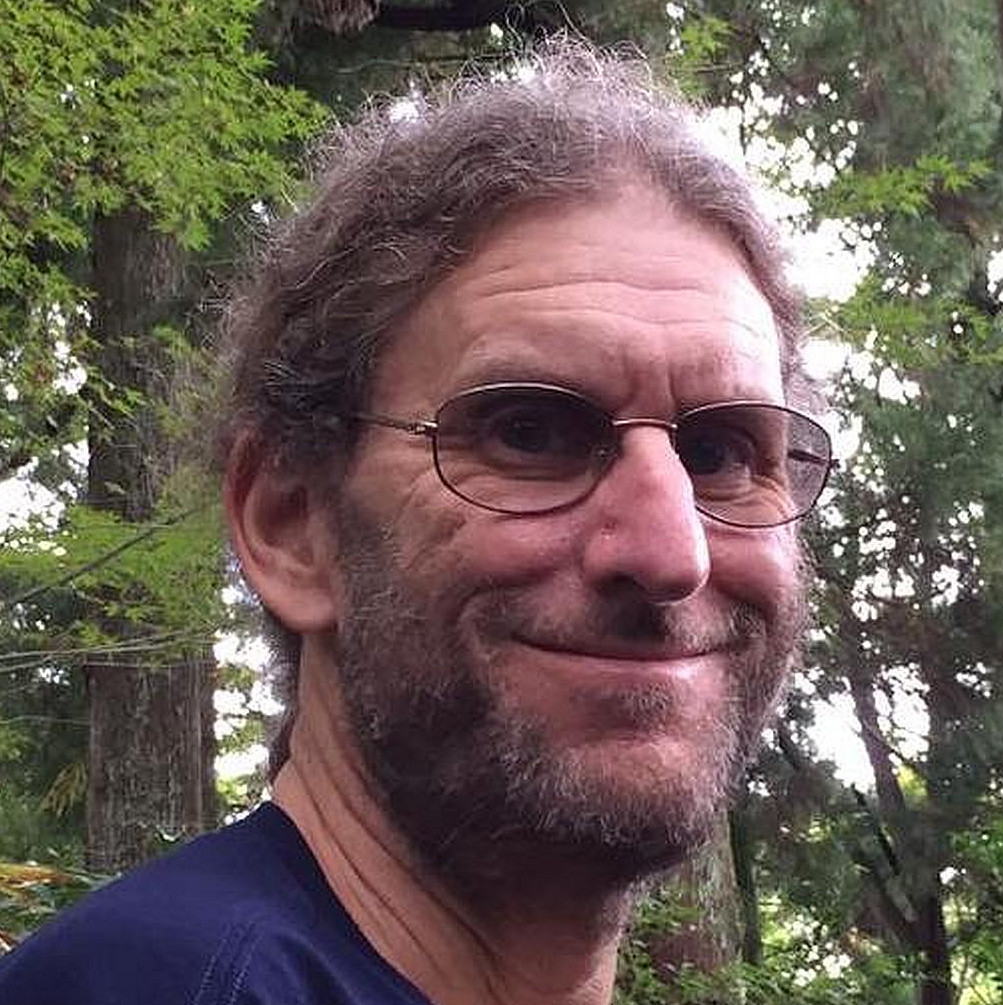“Five-nine” doesn’t have quite the cadence as “nine-eleven,” but when we look back on the early 21st century, I believe that May 9, 2013 — the day the concentration of carbon dioxide in the atmosphere exceeded 400 parts per million for the first time in recorded history — may in the future be understood as a far more important date than September 11, 2001. It may even be that 5/9 will be seen as the long-anticipated tipping point at which human impacts caused irrevocable harm to our planet.
Or perhaps not. Perhaps there’s still time to take the concrete, immediate actions experts suggest — along the minimum efforts laid out in the 2015 Paris accord that amplified suggestions made by President Barack Obama in his June 25, 2013 speech at Georgetown University — that would ensure a sustainable, high-quality future.
Tipping points are the cusp between one set of conditions and another; when a tipping point is passed, change is rapid, uncontrolled and often irreversible. Passing a tipping point is like crossing a threshold from one room to another and having the door triple-locked behind you; the state of the world after the tipping point is very different from the state of the world before the tipping point, and it is very difficult to go back.
It’s important to make this distinction, because Malcolm Gladwell erroneously redefined tipping points more than a decade ago in his book, The Tipping Point: How Little Things Can Make a Big Difference. In doing so, he changed the way we think about rapidly emerging social phenomena, such as the Dutch tulip frenzy, the housing bubble, or the re-emergence of a market for Hush Puppies. Although many have argued that the publication of The Tipping Point itself was a tipping point in how we think and talk about tipping points, Gladwell weakly equated tipping points with viral epidemics. This misleading analogy obscured the true meaning of “tipping point,” leading to confusion in how we think about responding to rapid environmental change.
Epidemics, you see, require an initial infection in a particular individual, a pool of nearby people susceptible to the same infection, and a way for the disease to be transmitted to the susceptible individuals. Gladwell similarly invoked mavens, connectors and salesmen who collect and transmit new ideas to the wider world to explain the rapid emergence of new social phenomena. But this analogy doesn’t necessarily work; resistance evolves to new diseases, epidemics peak and burn out, and most new social phenomena are simply fads. In fact all of the examples in The Tipping Point — the sudden emergence of fax machines and Airwalk sneakers, the resurgence of sales of Hush Puppies suede shoes, the rise and fall of crime rate in many cities (that is rising once again in some), and sudden epidemics of suicides — are of explosions of interest in new phenomena followed by a return to the status quo ante and a search for the next new fad. But they are not tipping points.
In contrast, economists, sociologists, historians, ecologists, climatologists, oceanographers and most others who for decades have given serious study to tipping points focus on rapid, seemingly permanent changes. In modern parlance, a tipping point presages a change in regime. And the prime example of a tipping point in the natural world is, many feel, climate change. Bill McKibben and the thousands of followers of 350.org working to solve the climate crisis assert that we passed a tipping point in the 1980s, when human industry caused the concentration of atmospheric CO2 to exceed 350 ppm: the so-called “safe” level of CO2 in the atmosphere. President Obama noted at Georgetown that the National Oceanic and Atmospheric Administration has been measuring CO2 since the 1950s because of that agency’s even earlier concern that the levels of carbon dioxide in the atmosphere would disrupt the fragile balance of nature that makes our planet so hospitable to life and push us over the tipping point that leads to a planet beyond repair.
So on 5/9 — when NOAA’s observatory atop Mauna Loa, Hawaii, recorded a concentration of carbon dioxide in the atmosphere that exceeded 400 parts per million (0.04 percent) for the first time in recorded history — a tipping point finally may have been passed. Although the deciduous forests of the northern hemisphere that provide New England with spectacular colors every fall will inhale some of that CO2 as they leaf out every spring, those great “lungs of the planet” cannot keep the CO2 in the atmosphere below 400 ppm. And even if an all-powerful deity were to manage to convince us to stop burning of all fossil fuels today, the “inertia” in the climate system would ensure that the Earth’s temperature would keep increasing and sea levels would continue to rise another meter or two over the next 2,000 years.
The inexorable warming of the planet caused by an ever-denser blanket of CO2 above us is not a fad — on 5/9, we passed a tipping point and entered a new world. This new reality is a consequence of our lifestyles intersecting with fundamental and unbreakable laws of physics. We simply need to own up to the fact that we are in a new climatic regime; global warming indeed is happening now. It’s not a short-term trend, and it’s not going away.
© 2017 Aaron M. Ellison. All rights reserved
The opinions expressed above are those of the author and do not necessarily reflect those of The Revelator, the Center for Biological Diversity, or their employees.



The tipping point that’s relevant to global warming/climate change is when the feedback loop kicks in. That’s when anthropogenic global warming/climate change causes the Earth to start releasing its own greenhouse gases, like the methane that will be released when the permafrost melts, and when global warming/climate change melts ice that reflects some heat back into space, causing the Earth to warm. When that happens, the climate will continue to warm even if humans were to immediately cease emitting all greenhouse gases.
My guess is that we’ve already passed that point. We should always do what we can to stop and reverse environmental and ecological harms and destruction, and we should never quit fighting for the Earth. But if I had to bet I’d say that the Earth as we know it is in big trouble.